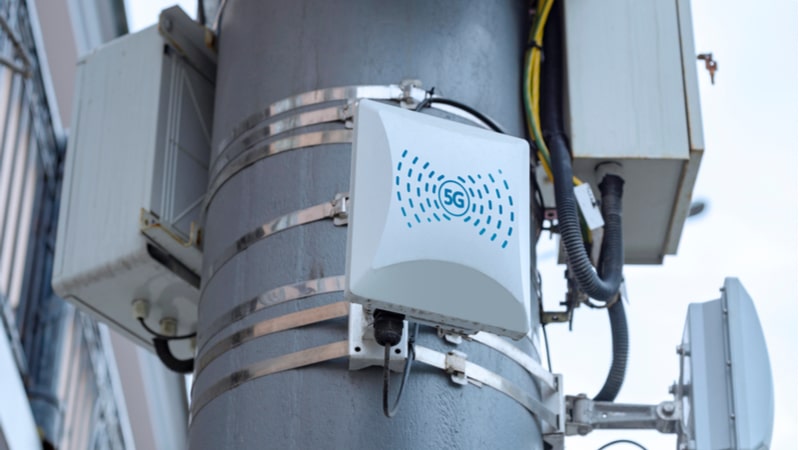
States have a big opportunity to provide internet service to millions of unconnected citizens people with billions in broadband funding provided by Congress in bipartisan infrastructure legislation, but states have a lot of work to do to make the most of the funds, according to a McKinsey & Co. report released on June 7.
Ensuring high-speed internet access to unserved and underserved areas of the U.S. has been the product of remarkable bipartisan efforts over the past 18 months. The Infrastructure Investment and Jobs Act authorized six different grants and programs to help bridge the “digital divide,” and allocated more than $60 billion toward that goal.
The funding in the infrastructure act is “one of the largest investments in connecting people since the creation of the Interstate Highway System in 1956,” the McKinsey report says.
But, the consulting firm said, it remains unclear whether states have the administrative and planning capacity to take full advantage of the funding opportunity.
States are expected to administer Federal broadband funds on tight timetables, across multiple agencies and levels of government, and with deep involvement from private-sector internet service providers.
Against that daunting work-list, the report finds that many states do not have a dedicated broadband team. And if they do, it’s often staffed by just a few people, or a third party.
The report offers state governments several steps they should consider to make the most of the Federal funding and close the digital divide once and for all.
First and foremost, states must consider creating broadband program offices to manage stakeholders, drive the analysis needed to design effective programs, run a highly effective grant process, and ensure implementation.
To spend the new money effectively, states need to have an accurate understanding of what areas are unserved by broadband, and they need to take stock of any broadband programs that are already underway, and conduct a baseline assessment of the current state of connectivity.
Another key step for states is to outline strategic goals and an integrated plan for utilizing the Federal funds. Once state broadband leaders have a clear understanding of the status quo, “they will likely be in a good position to outline their strategic goals,” the report notes. Once those strategic goals and plans have been established, states then need to develop a location level map and key cost models, the report recommends.
